The principal and vice-chancellor of the University of St Andrews, Professor Dame Sally Mapstone, has led tributes to an internationally renowned St Andrews physicist who has died aged 76.
Professor Emeritus Wilson Sibbett, FRS CBE, former head of the University of St Andrews School of Physics and Astronomy, was Scotland’s first chief scientific officer, a pioneer of ultra-fast lasers, and a “true giant” of Scotland’s scientific community.
Well known in local golfing circles, he’d also been a director of the St Andrews New Picture House cinema since 1995 and for the last nine years he held the position of chairman.
Professor Dame Sally Mapstone said: “To all who had the pleasure of working with or being taught by him, Wilson was a continuously supportive, encouraging and welcoming colleague who had a significant effect amongst a generation of scientists and whose technological achievements have played a major role in shaping the world we live in today.”
Who was Professor Wilson Sibbett?
Born in Portglenone in County Antrim, Northern Ireland, Wilson studied at Queen’s University Belfast and graduated in 1970. He then gained a PhD in laser physics in 1973.
He was a research fellow, lecturer, and reader at Imperial College London.
In 1985, he moved to St Andrews as the professor of natural philosophy and chairman of the department of physics and astronomy.
From 1988 to 1994 he was head of the school of physics and astronomy, then its director of research. He was made Wardlaw Professor of Physics in 1997.
Professor Sibbett was a pioneer of research on ultrashort pulse laser science and technology.
His work spanned many areas in the generation, measurement and application of lasers.
How significant was Professor Wilson Sibbett’s lasers work?
In 1989, Sibbett’s group developed the technique of Kerr-lens mode-locking, which allows the practical generation of femtosecond lasers, opening up a new field of study – ultrafast optics.
This technique has enabled the commercialisation of subpicosecond pulse lasers, as well as giving access to completely new classes of physical phenomena and has also found applications in metrology, materials science and even precise laser eye surgery.
In the 1990s and 2000s, the Sibbett group also exploited the advantages of diode-pumped solid-state lasers in the field of nonlinear optics for frequency conversion by demonstration of the world’s first all-solid-state optical parametric oscillator.
By working with existing technology (the lasers inside DVD writers), the group demonstrated simple battery powered ultrashort pulse lasers showing the practicality and versatility of such systems.
Wilson was also a pioneer of interdisciplinary research at St Andrews, building strong links with Ninewells Hospital that exist to this day.
This partnership helped to provide enhanced medical treatments, and was key to the development of bio-photonics as a major research strength for the university.
A globally respected scientist
Wilson was the director of a major EPSRC-funded interdisciplinary research collaboration which brought together a significant group of major UK universities and companies to demonstrate the technologies that would be needed for future optical communications networks.
He was a globally respected scientist with strong research links forged across Europe and the USA and was a major figure at many of the leading international conferences in optics.
In 2001, he was appointed to chair the Scottish Science Advisory Committee – making him Scotland’s first ever chief adviser on science – by what was then the Scottish Executive.
He was made a Fellow of the Royal Society in 1997 and awarded its Rumford Medal in 2000.
He received the prestigious Rank Prize for Optoelectronics in 2007 and the Charles Hard Townes Award from the Optical Society of America in 2011. He won numerous other research awards.
In 2001, Her Majesty the Queen made him a Commander of the British Empire for services to science and research.
Professor Wilson Sibbett was well known in the St Andrews community
In addition to his scientific achievements, Wilson was a well-known figure in the wider St Andrews community, a St Andrews Rotarian, and an elder in the Church of Scotland.
Arriving at St Andrews, Wilson was convinced by his wife, Barbara, to take up golf (as a device which she hoped might persuade him to spend less time in the lab).
He was a member of the New Club and the R&A, for which he acted as chair of the general committee from 2012 to 2015.
He played a pivotal role in the R&A’s decision to admit women members for the first time.
Tribute from New Picture House Cinema managing director
Having been a director of St Andrews’ New Picture House cinema since 1995 and chairman since 2015, New Picture House (St Andrews) Ltd managing director David Morris told The Courier: “He will be sorely missed by the NPH directors and former colleagues.”
Wilson is survived by wife Barbara and daughters Hannah, Ruth, and Rachael, sons-in-law Vito, David, and Scott, and grandchildren Sienna and Theo, James, Beth and Magnus, and Heath and Reeve.
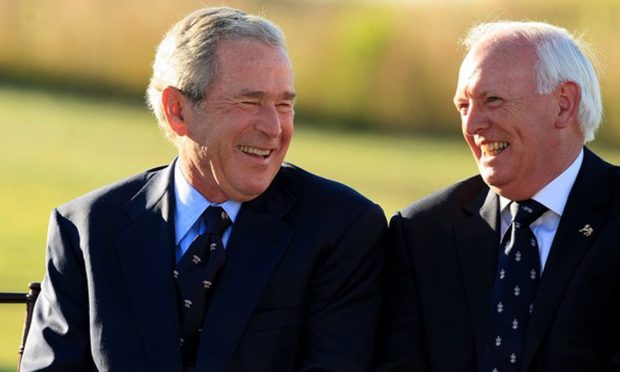
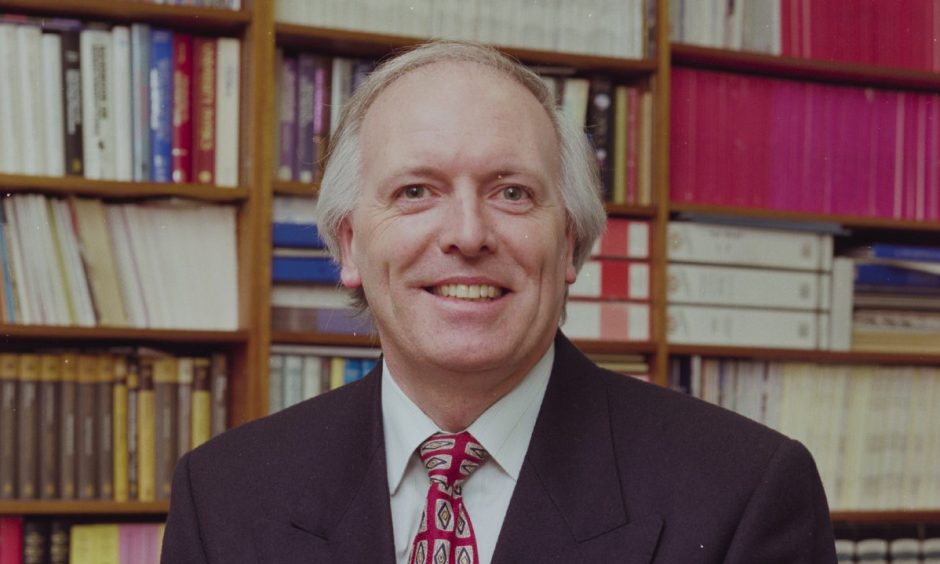
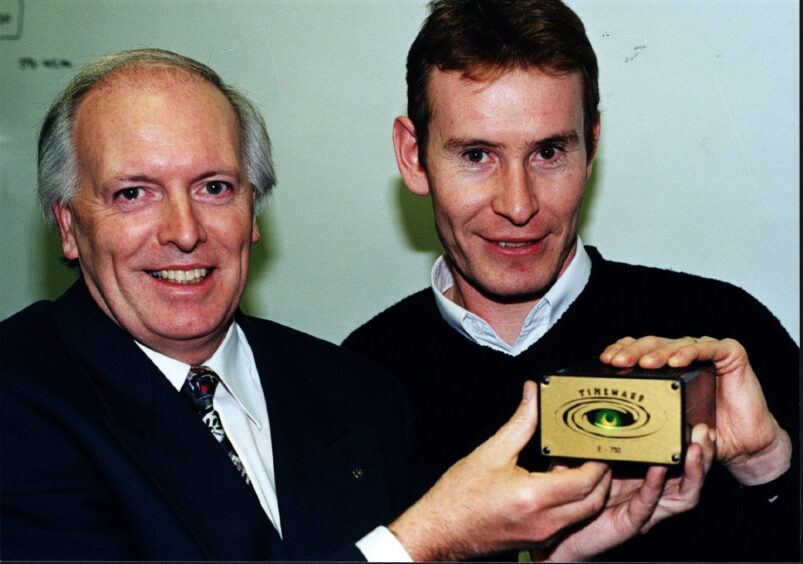
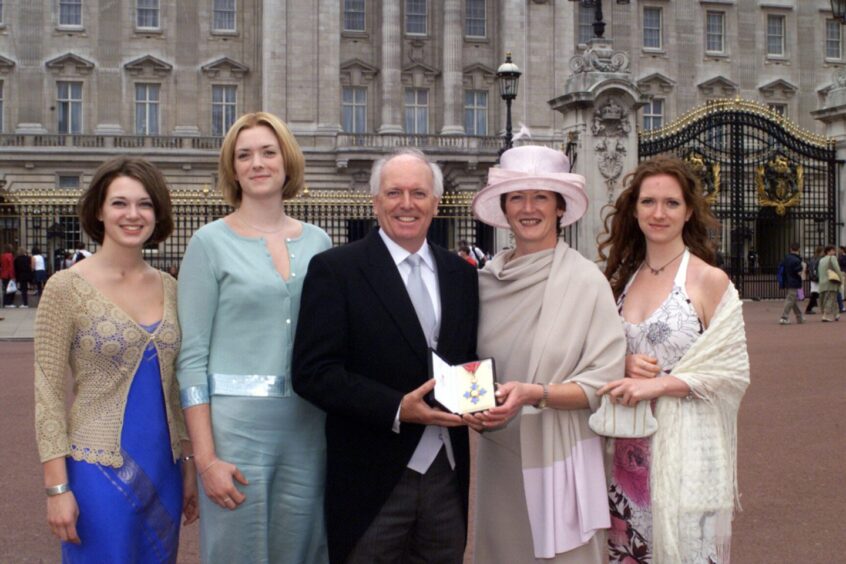
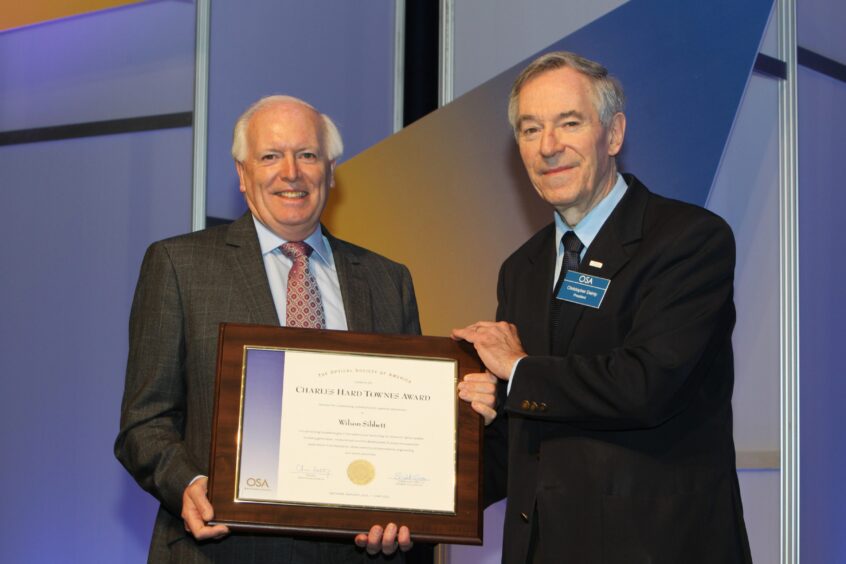
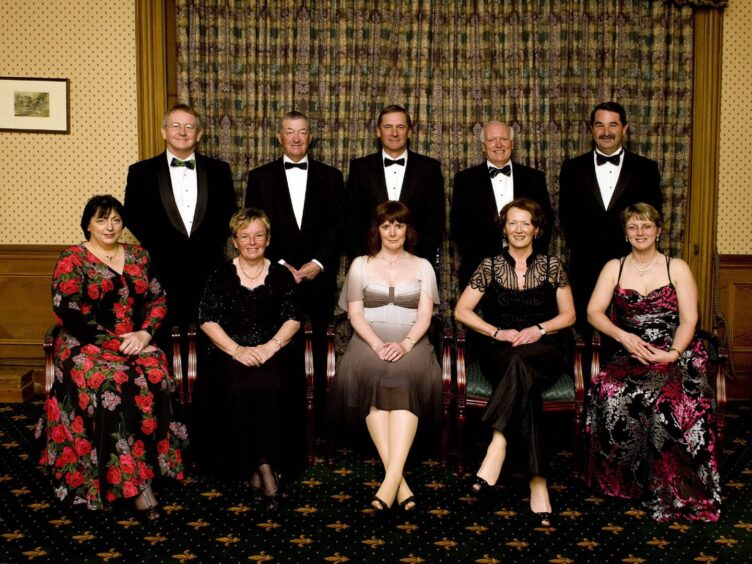
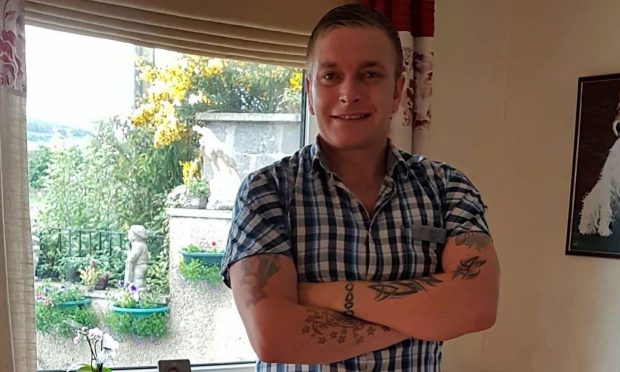
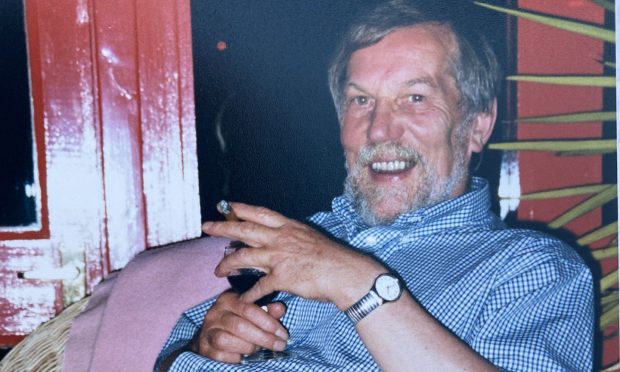
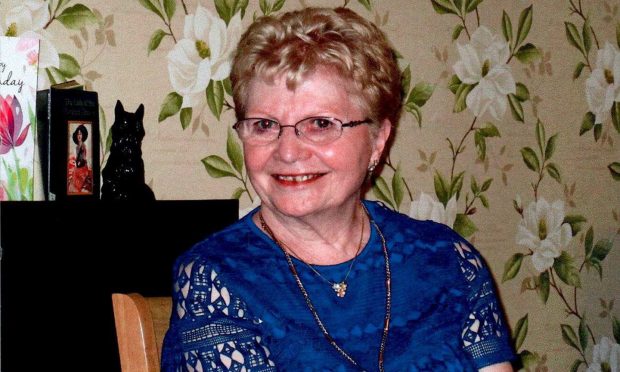



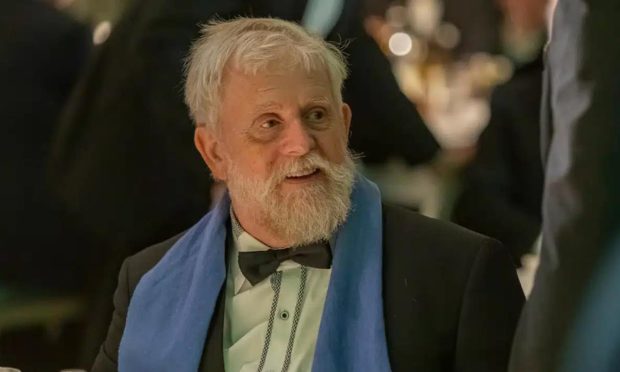


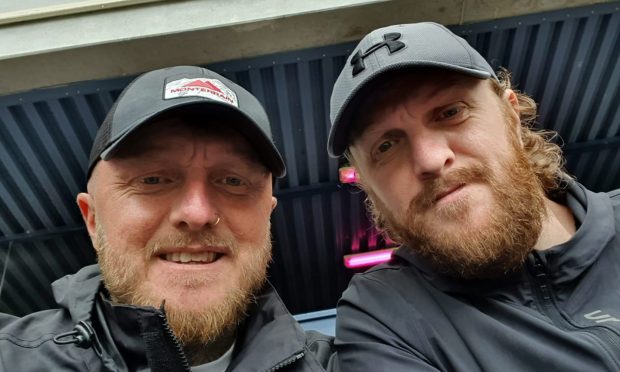
Conversation